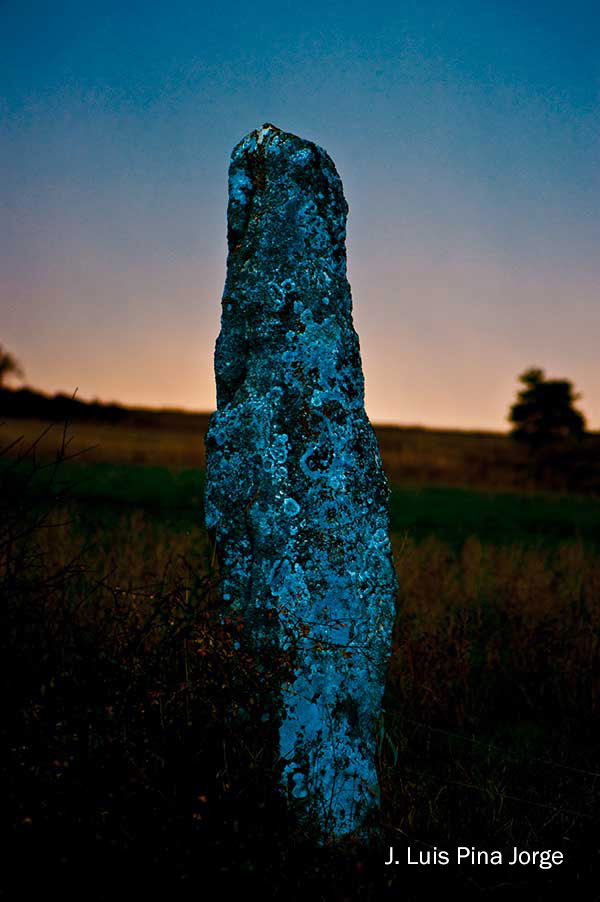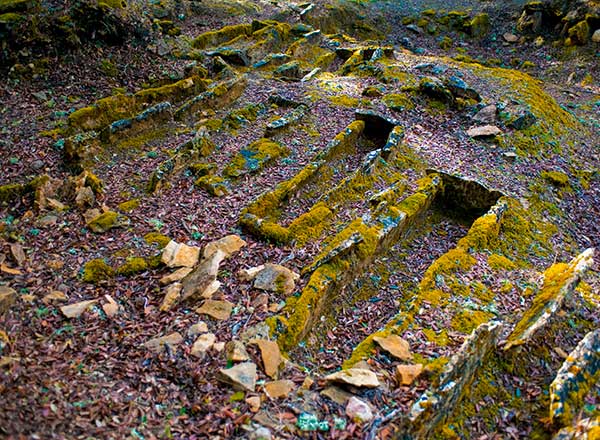Let us try to reveal some information about the long historical journey during which the peoples of Valdegovía developed and defended various ways of life and traditions with well-defined profiles.

As early as prehistory, use was being made of Valdegovía’s suitability for animal pasture. This is clear from the prehistoric vestiges found in Lalastra and Sierra de Arcamo.
During the Neolithic period, a series of changes in the way of life of the inhabitants of these lands began to occur. They began to grow crops, in a small way, and also to domesticate certain types of animal.
This change took the place of a culture based on hunting and gathering, making way for one centred around agriculture and keeping livestock. One result was an increase in population and more stable settlements, as well as new signs of religious activity. The sepulchral caves of Las Calaveras, in Cárcamo, date from this period.
The oldest architectural heritage, the dolmens used for burial purposes, date back to 2000 BC.
In the Valdegovía Valley there are also menhirs such as the one at Ribota (between Bóveda and Tobillas) and the Monte Lerón Menhir.
There is evidence of the arrival of the Indo-Europeans at Berbeia (Barrio) and Castro de Lastra (Caranca) Iron Age settlements, which show the characteristics typical of people coming from the peninsular tableland
During the pre-Roman period, the tribes mentioned resisted Roman settlement, although as the years passed both Romans and native peoples learnt to live together and exchange knowledge.

